Morehouse Instrument Company, Inc. (United States) - What is a Load Cell?
A load cell is a force sensor that receives a voltage (excitation) from a regulated power source (usually a digital indicator or signal conditioner) and sends back a low voltage signal (signal) when force is applied.
The load cell signal is converted to a visual or numeric value by a "digital indicator." When there is no load on the cell, the two signal lines are at equal voltage. As a load is applied to the cell, the voltage on one signal line increases very slightly, and the voltage on the other signal line decreases very slightly. The difference in voltage between the two signals is read by the indicator.
Multiple strain gauges are often used to measure the difference in voltage between the two signals. The strain gauge is often referred to as the heart of the load cell.
When complete, these strain gauges are used to measure the amount of deformation on the body due to force being applied. The load cell thus measures forces or the weight of an object or objects. Load cells are used in several applications, from electronic scales to the calibration of testing machines to ISO 7500 or ASTM E74. Almost all items must meet testing requirements, and load cells are commonly used to apply forces in these machines and used to calibrate the machines. Load Cells are also commonly used as a transfer standard, meaning one load cell can be calibrated in deadweight by Morehouse and then used to calibrate other load cells or other instruments.
What is a load cell, and why Morehouse Load Cells?
When high accuracy and low risk are critical, customers rely on Morehouse for our Precision Load Cell. These strain gauge-type load cells are often the choice for companies making field measurements following ASTM E4 and ISO 7500. Lower uncertainties allow fewer standards to maintain, significantly lowering lifetime ownership costs. A typical Morehouse Precision Load Cell system will cover a verified range of 4 % to 100 % of the system capacity. For example, to achieve a calibration range of 40 lbf through 600,000 lbf, only three load cells would be required: a 600,000 lbf, a 25,000 lbf, and a 1,000 lbf load cell.
The Morehouse precision load cell is suitable for the following uses:
- Field use where transporting fewer standards provides cost savings
- Applications where side load sensitivity is critical
- As reference standard used to calibrate other load cells
- ISO 376 Class 0.5 or better (Case C only, Case D varies by capacity)
- To calibrate to ASTM E74 Class A better than 4 % of capacity when used only in a single direction.
What Is a Load Cell - Conclusion:
I take great pride in our knowledgeable team at Morehouse, who continue to work with everyone, clarify complex topics, and provide tools such as free guidance documents, excel sheets, and products to help you make better force measurements. We want to make sure everyone understands what a load cell is.
At Morehouse, we educate our customers and provide solutions to you.
We have been in business for over a century and focus on being the most recognized name in the force sensor calibration business. That vision comes from educating our customers on what matters most and having the proper discussions relating to what is force and why force is essential so everyone understands the concepts.
Everything we do, we believe in changing how people think about force and torque calibration. We challenge the "just calibrate it" mentality by educating our customers on what matters, what causes significant errors, and how to focus on reducing them. In addition, Morehouse makes simple-to-use calibration products. We build excellent force equipment that is plumb, level, square, and rigid. Morehouse provides unparalleled calibration service with less than two-week lead times. Now that we answered What is Force, it might make sense to check out our other article on Why Force is Important.
Picture 1 Caption:
What is a load cell? Example showing Morehouse Precision Class Load Cells are Typically the Best Value and Performance.
Picture 2 Caption:
What is a Load Cell? Picture Showing Strain Gauges Being Applied to the Load Cell.
Picture 3 Caption:
What is a load cell? The picture shows a load cell is used as a reference standard to calibrate another load cell in compression. The reference load cell would have likely been calibrated by dead weight primary standards and is now used as a secondary standard to calibrate other load cells.







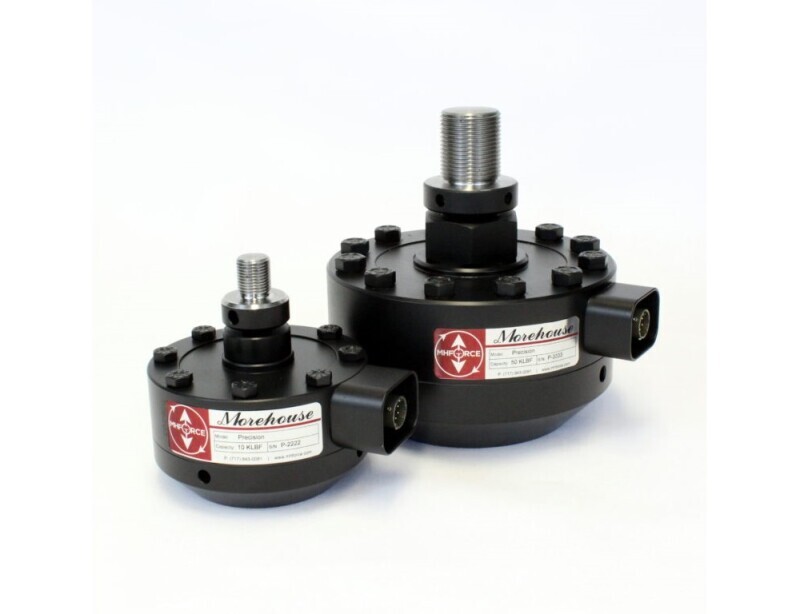
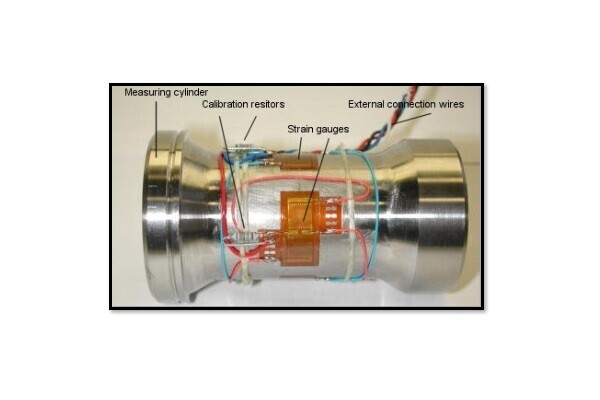
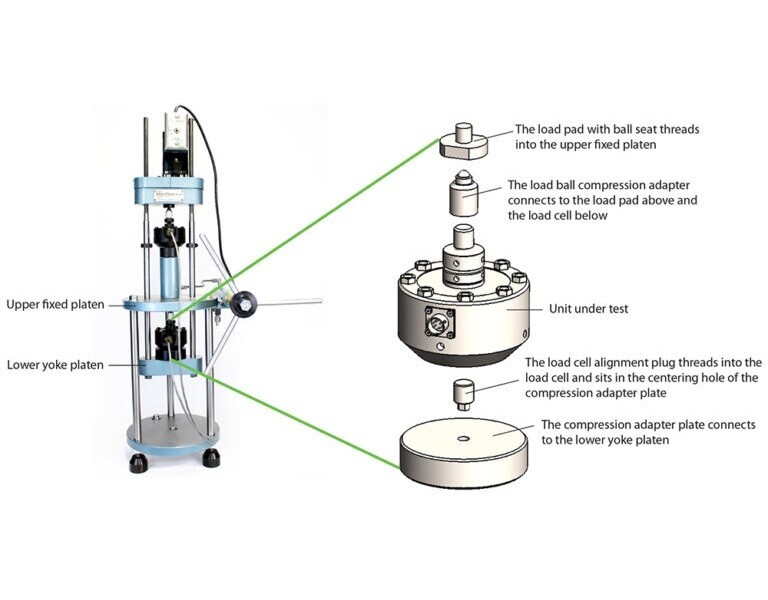











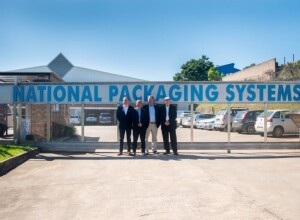
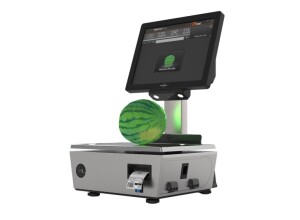











Interested? Submit your enquiry using the form below:
Only available for registered users. Sign In to your account or register here.